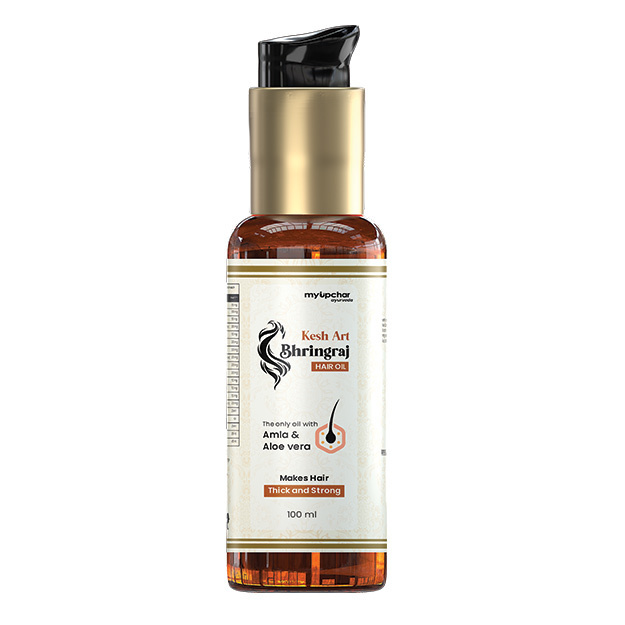Ankle problems plague active and inactive people alike. They are one of the most common - even painful - musculoskeletal injuries one can experience.
Unlike the majority of leg injuries which are sustained on a sports field, while running or while pursuing any recreational physical activity, ankle injuries like sprains can occur at any time, anywhere. Sometimes all it takes for you to injure your ankle is a misstep that causes the front of your foot to suddenly move inwards, and the ankle joint to move out, resulting in a sprain.
While most ankle injuries tend to go away with rest and time, a ligament injury, tendon injury or fractured bones tend to be more severe and need medical attention to make a full recovery.

 Doctors for Ankle Injury
Doctors for Ankle Injury  OTC Medicines for Ankle Injury
OTC Medicines for Ankle Injury
















































